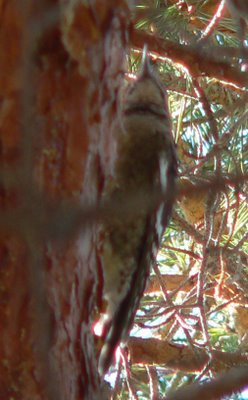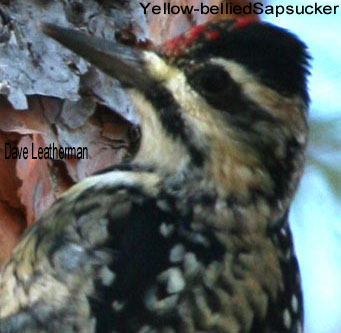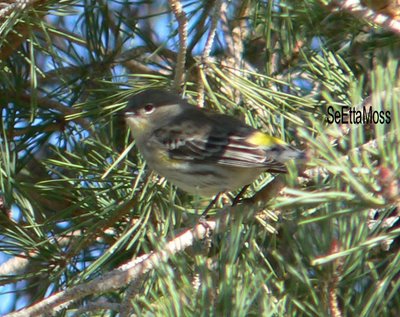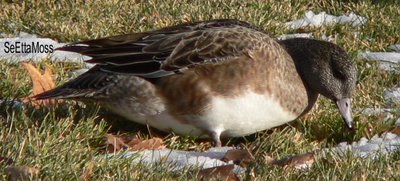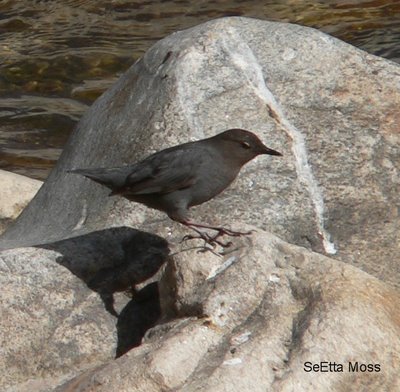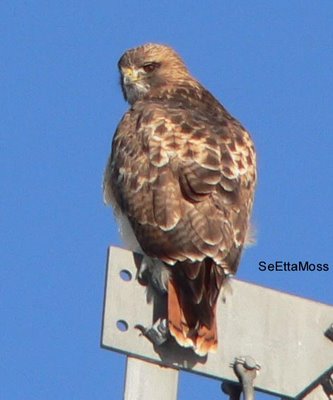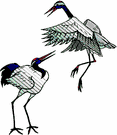Rocky Ford Christmas Bird Count
As posted by local birder Duane, the Rocky Ford Christmas Bird Count (CBC) that was held on December 15 produced 81 species even though there were only 2 birders conducting the count this year. This is one of the problems with holding CBC's in these rural areas that are distant from the Denver area.
Birds found during this count included 9 White-winged Doves (a species that has expanded into this area and is increasing in numbers), a number of Yellow-rumped Warblers (as I have indicated, these warblers are not uncommonly found throughout much of SE Colorado in the winter though the largest numbers occur from spring through fall), 14 Greater White-fronted Geese (a high number for this uncommon winter visitor in Colo) and 2 White-throated Sparrows.
SeEtta
(still in So Texas & posting some cool pics at http://www.flickr.com/photos/smoss/sets/72157594438807900/ )


